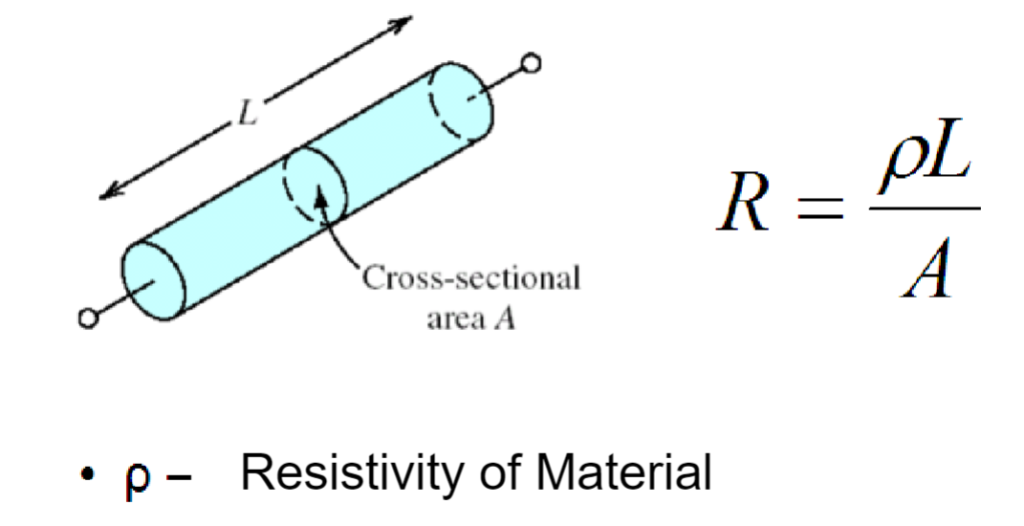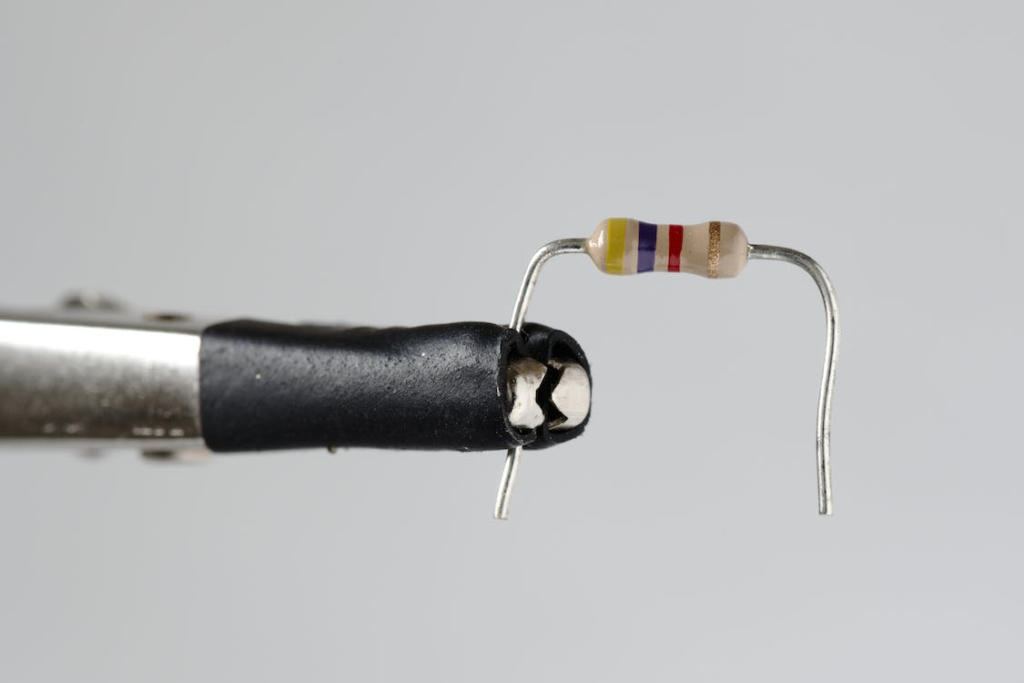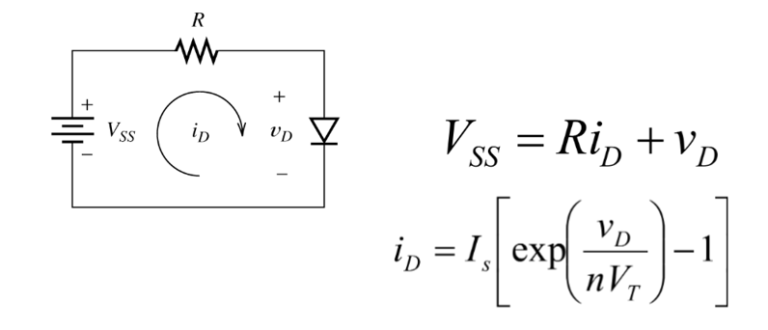The Shocking Truth About Electrical Resistance and Conductance
Introduction
So, today I want to talk about something electrifying (pun intended): electrical resistance and conductance. At first it might sound like a snooze-fest, however, it’s actually super interesting once you wrap your head around it. We’re about to uncover the shocking truth about these electric properties!
What is Electrical Resistance?
Alright, let’s start with the basics. Electrical resistance is like a speed bump for the flow of electricity. Imagine you’re driving your car on a road with all green lights —super fast and breezy, right? But suddenly, the next light in front of you turns red. Well, that’s exactly what resistance does to electric current.

Simply put, resistance is the measure of how much a material hinders the flow of electricity. The more resistance, the harder it is for the electric current to move through a conductor. It’s like carrying a larger rock uphill instead of a feather—it takes way more effort. The resistance the electrical current will encounter is a function of the geometry of the load/wire and the resistivity of the material. And that’s where our friend Ohm’s Law comes into play.
What is Ohms law in simple words?
Ohm’s law is a relationship that explains how electrical current, voltage and resistance are related. It states that the current in an electrical circuit is equal to the voltage divided by the resistance. This means that if we increase the voltage, the current will also increase. If we increase the resistance, the current will decrease. We can use Ohm’s law to calculate any of these values if we know the other two.

Factors Affecting Electrical Resistance
There are several factors which affect electrical resistance, making it either easier or harder for the current to flow. Think of these factors as obstacles in the way of our electric journey.

How does material affect conductivity?
First up, material matters. Some engineering materials, like metals, are fantastic electrical conductors—they let electricity flow through them with ease. Others, like rubber or plastic, are not so friendly to electric currents. The tendency of an engineering material to conduct electricity is directly proportional to the ionic concentration of that specific material. So, the physical properties of a material greatly impact its resistance.
Does resistance depend on shape and size of conductor?
The geometry of the conductor does effect the resistance the current will encounter. Imagine a race between two cars—one going around a small circular NASCAR track, and the other around the famous Nurburgring track in Germany. Which car do you think will finish the race first? Obviously, the one driving the smaller NASCAR track. The same goes for electric current—the longer the conductor, the more resistance it offers. Electrical resistance is directly proportional to the length of the conductor.
But it’s not just about length; the cross-sectional area of the conductor also plays a role. Picture a water pipe. If you have a narrow pipe, it restricts the flow of water, right? Well, the same principle applies to electrical resistance. A thicker wire allows more space for the electrons to move, reducing resistance. So, a conductor with a larger cross-sectional area will have lower resistance compared to a thinner one.
Does temperature affect conductivity?
Have you ever noticed that some electronics heat up when you use them for a long time? That’s because temperature affects electrical resistance. As the temperature rises, the resistance of most conductors increases too. It’s like adding more obstacles for the electric current to overcome. However for semiconductor and insulators as you increase the temperature, electrons from the valence band are able to jump to the conduction band, increasing the movement between the two bands, as a result, increasing the electrical conductivity.

Understanding Conductance
Okay, let’s switch gears and talk about conductance. If resistance is like the villain trying to stop the electric current, then conductance is the superhero that fights back. Conductance is a material dependent physical properties which measure of how easily a material allows electric current to flow through it.
Think of conductance as the opposite of resistance. It’s like having a superhighway for electrons, where they can zoom through without any trouble. Conductance is closely related to conductivity, which is the property of a material that determines how well it can conduct electricity. Some materials, like copper or gold, have high conductivity and, therefore, high conductance.
The cool thing about conductance is that it’s the reciprocal of resistance. So, the higher the resistance, the lower the conductance, and vice versa. It’s like a seesaw—when one goes up, the other goes down. See the equations below:

Conductors and Insulators: Pathways for Electric Current
Alright, let’s talk about conductors and insulators. Conductors are materials that have high conductance and therefore allow electric current to flow through them easily, while insulators are materials that have high resistivity and thus block or resist the flow of electricity.
Conductors are like the pathways that allow the flow of electric current. In electrical circuits, conductors are usually made of metal alloy with high electrical conductivity, such as copper. Copper is a highly conductive metal alloy, allowing electric current to flow easily. That’s why copper is commonly used in electrical wiring, as it efficiently carries electricity from one point to another.

Insulation acts like the protective barrier around the conductor, preventing any accidental contact and keeping the current on the right path. Just as guardrails keep your car safe on the road, insulation ensures that electricity flows where it’s supposed to without causing harm. Insulators have tightly bound electrons that can’t move as freely, making it difficult for electricity to pass through. Some common insulator materials are ceramics (glass), thermosets (plastic), elastomer (rubber), air, and composite (wood).

Knowing the difference between conductors and insulators is important because it helps us choose the right materials for different electrical applications. We wouldn’t want to use an insulator where we need good conductivity, right?
Practical Applications and Implications
Alright, let’s wrap this up by talking about the practical applications and implications of electrical resistance and conductance. Trust me, this stuff is more relevant than you might think.
Think about your everyday life. Your house is wired with electrical circuits that power all your devices. Understanding resistance helps us design these circuits to ensure that the right amount of electricity flows without causing any issues.
Electronics, like your smartphone or laptop, rely on the principles of resistance and conductance. Engineers carefully select materials and components to optimize the flow of electricity, ensuring that your devices work smoothly.
And let’s not forget about power transmission. When electricity travels long distances from power plants to our homes, we want to minimize energy losses. Understanding resistance helps us design transmission lines with low resistance, ensuring that most of the electricity reaches its destination without wasteful losses.

So, guys, the shocking truth is that electrical resistance and conductance are crucial for our daily lives. They impact the way we use electricity, the safety of our devices, and the



